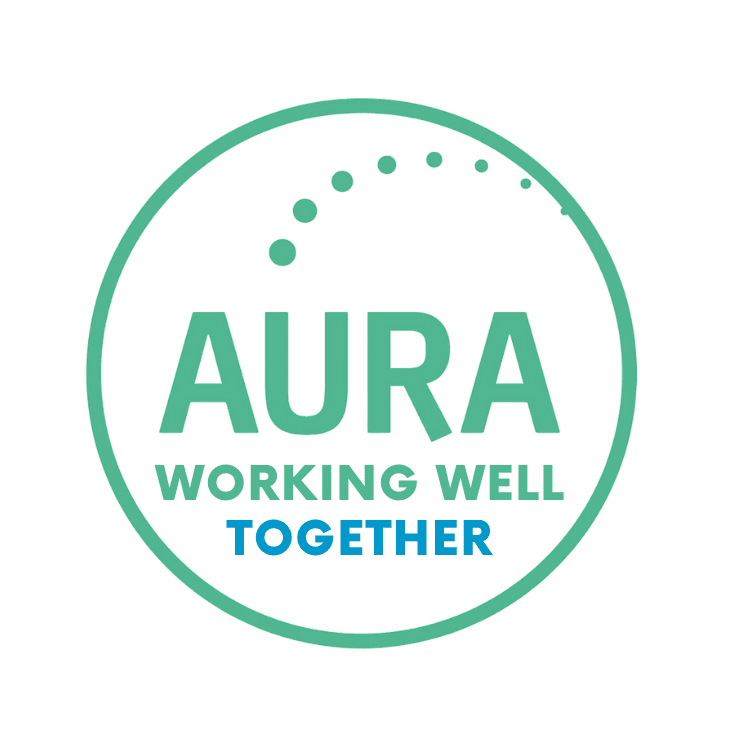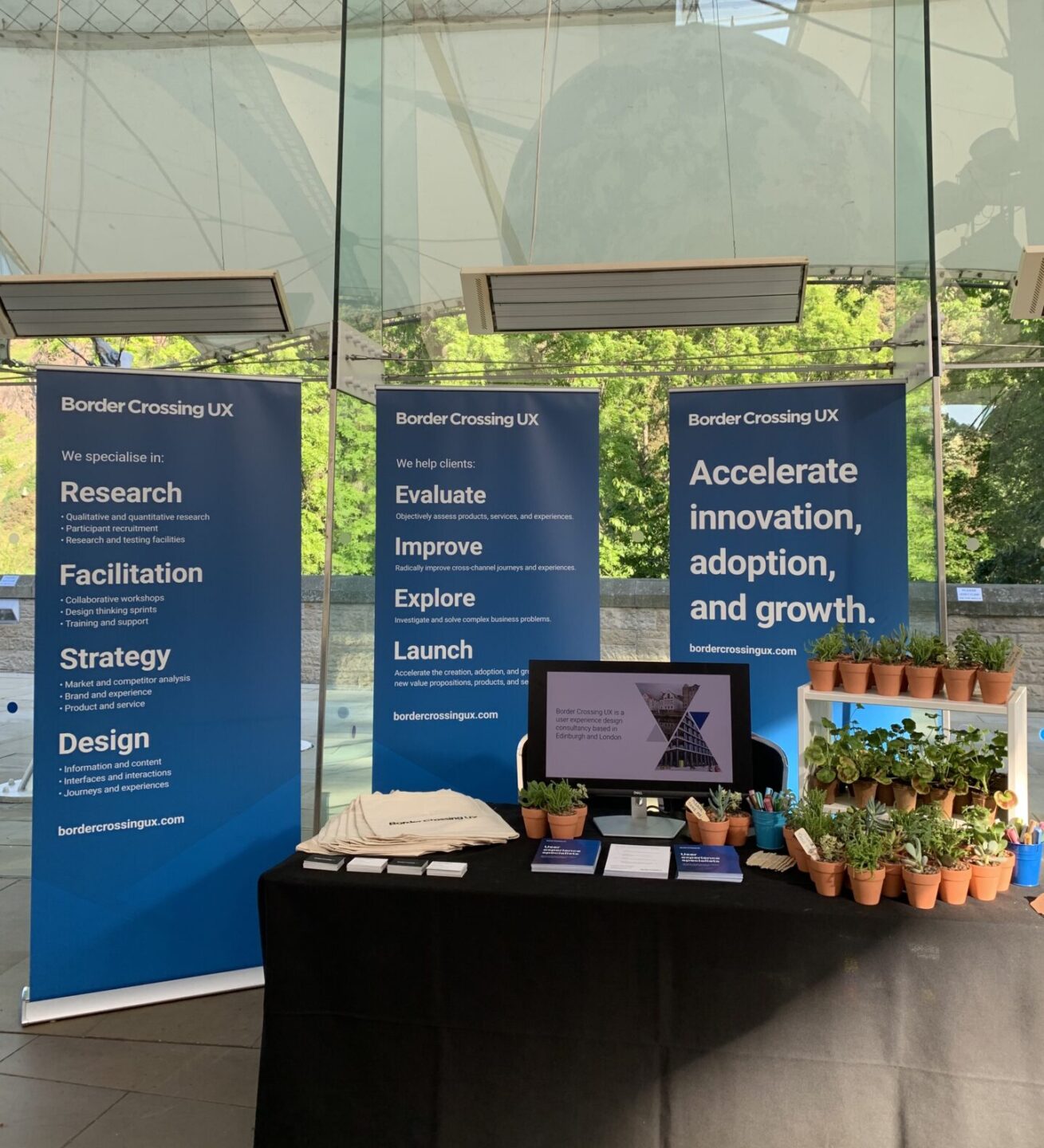In a previous post, What is getting tacked on to your brief?, I outlined some of the problems we are increasingly coming across in the briefs we receive. This is a universal problem that doesn’t just affect us.
Our work involves both the creative and the technical, complicated beasts at the best of times. It’s our belief that the best way to tame these is a clearly defined and well researched fulfilment strategy.
The problem with most preliminary briefs is that they fail to articulate one. This isn’t a problem if the requisite research is undertaken prior to kicking off the design or development process. But all to often project constraints dictate that there is no scope for this.
If this is the case we won’t take on the project. We’ve learnt it’s easier to say no up-front than come to regret not doing so later on down the line. For all of the project’s we do take on the first thing we do is identify our clients primary requirements.
This goes further then reviewing brand guidelines and reviewing feature requests. We start from scratch and attempt to identify the primary business objectives we have been contracted to fulfil and how success will be measured.
Based on these findings we adjust the project’s scope and reallocate the budget and timeline accordingly. This helps us deliver the maximum value within a project’s constraints.
Undertaking this research and definition process is critical to ensuring a smooth project as it allows us to critique and enhance a preliminary brief. This means we know that when we commence with the design or development of a deliverable we can be sure that the work to be done is:
- thoroughly scoped
- focussed on the end-user
- prioritised based on return on investment
- fully understood and agreed to by all
- ‘doable’ within the project constraints
Over the years we’ve identified a set of questions we seek to answer throughout this process. There are numerous ways in which we can capture these inputs but the important thing is that we understand and analyse them all as thoroughly as possible.
In the following post I’ll detail the questions we always attempt to answer. These questions could be perceived as a generic request for a proposal questionnaire but it is how we interpret and respond to these inputs that makes this a fundamental part of our in-house process.
So the point is, asking these questions isn’t a solution in itself. But the way in which you interpret, follow-up and respond to them will certainly help you find the right one.


